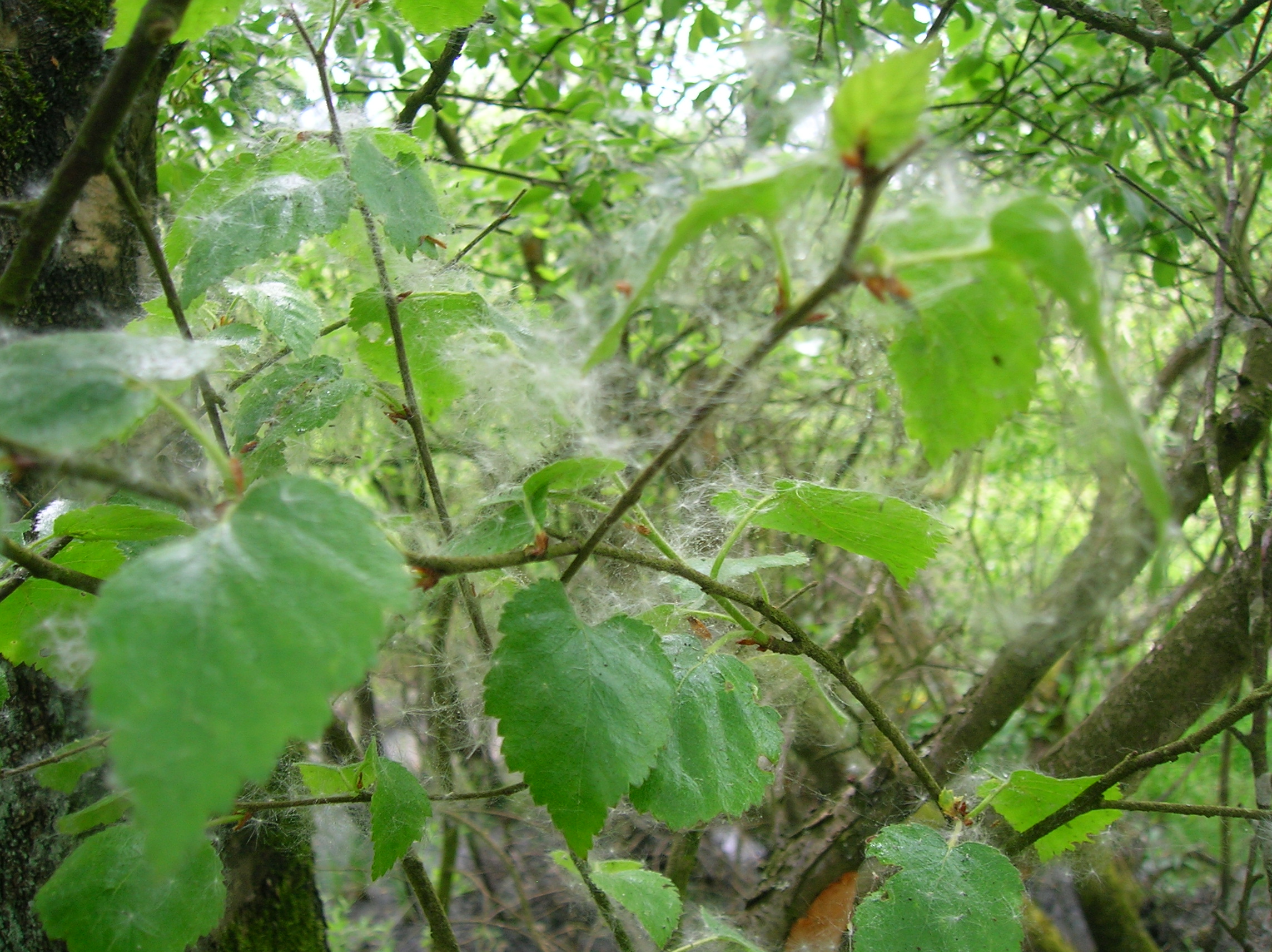Salix cinerea on:
[Wikipedia]
[Google]
[Amazon]
''Salix cinerea'' (common sallow, grey sallow, grey willow, grey-leaved sallow, large grey willow, pussy willow, rusty sallow) is a species of
 It usually grows in
It usually grows in
willow
Willows, also called sallows and osiers, from the genus ''Salix'', comprise around 400 speciesMabberley, D.J. 1997. The Plant Book, Cambridge University Press #2: Cambridge. of typically deciduous trees and shrubs, found primarily on moist so ...
native to Europe and western Asia.Meikle, R. D. (1984). ''Willows and Poplars of Great Britain and Ireland''. BSBI Handbook No. 4. .Christensen, K. I., & Nielsen, H. (1992). Rust-pil (''Salix cinerea'' subsp. ''oleifolia'') - en overset pil i Danmark og Skandinavien. ''Dansk Dendrologisk Årsskrift'' 10: 5-17.
The plant provides a great deal of nectar for pollinators
A pollinator is an animal that moves pollen from the male anther of a flower to the female stigma of a flower. This helps to bring about fertilization of the ovules in the flower by the male gametes from the pollen grains.
Insects are the maj ...
. It was rated in the top 10, with a ranking of second place, for most nectar production (nectar per unit cover per year) in a UK plants survey conducted by the AgriLand project which is supported by the UK Insect Pollinators Initiative.
Plant
It is adeciduous
In the fields of horticulture and Botany, the term ''deciduous'' () means "falling off at maturity" and "tending to fall off", in reference to trees and shrubs that seasonally shed leaves, usually in the autumn; to the shedding of petals, ...
shrub or small tree
In botany, a tree is a perennial plant with an elongated stem, or trunk, usually supporting branches and leaves. In some usages, the definition of a tree may be narrower, including only woody plants with secondary growth, plants that are ...
growing 4–15 metres (13–50 ft) tall. The leaves are spirally arranged, 2–9 cm (1– in) long and 1–3 cm (– in) broad (exceptionally up to 16 cm long and 5 cm broad), green above, hairy below, with a crenate
A leaf ( : leaves) is any of the principal appendages of a vascular plant stem, usually borne laterally aboveground and specialized for photosynthesis. Leaves are collectively called foliage, as in "autumn foliage", while the leaves, st ...
margin. The flower
A flower, sometimes known as a bloom or blossom, is the reproductive structure found in flowering plants (plants of the division Angiospermae). The biological function of a flower is to facilitate reproduction, usually by providing a mechani ...
s are produced in early spring in catkins 2–5 cm long; it is dioecious with male and female catkins on separate plants. The male catkins are silvery at first, turning yellow when the pollen is released; the female catkins are greenish grey, maturing in early summer to release the numerous tiny seed
A seed is an embryonic plant enclosed in a protective outer covering, along with a food reserve. The formation of the seed is a part of the process of reproduction in seed plants, the spermatophytes, including the gymnosperm and angiospe ...
s embedded in white cottony down which assists wind dispersal.
The two subspecies are:
*''S. c. cinerea'' - central and eastern Europe, western Asia, shrub to 4–6 m (rarely 10 m) tall, with smooth bark, leaves densely hairy below with pale yellow-grey hairs, stipules large, persistent until autumn
*''S. c. oleifolia'' (Sm.) Macreight (syn. ''S. atrocinerea'' Brot.) - western Europe, northwest Africa, shrub or tree to 10–15 m tall, with furrowed bark, leaves thinly hairy below with dark red-brown hairs, stipules small, early deciduous
Some overlap in the distributions (not indicated in the map, right) occurs, with both occurring in a broad band north to south through France, and scattered specimens of ''S. c. cinerea'' west to Ireland, western France, and Morocco; scattered specimens of ''S. c. oleifolia'' occur east to the Netherlands. Specimens of ''S. c. oleifolia'' in southern Scandinavia are planted or naturalised, not native. Intermediate specimens also occur.
Ecology
wetland
A wetland is a distinct ecosystem that is flooded or saturated by water, either permanently (for years or decades) or seasonally (for weeks or months). Flooding results in oxygen-free (anoxic) processes prevailing, especially in the soils. The p ...
s. The two subspecies differ slightly in requirements, with ''S. c. cinerea'' generally restricted to basic marshland and fen habitats, while ''S. c. oleifolia'' is less demanding, occurring in both alkaline marshes and acidic bogs and streamsides. A common herbivore of ''Salix cinerea'' is '' Phratora vulgatissima'', which prefers and is more common on female plants. '' Anthocoris nemorum'', a natural enemy of ''Phratora vulgatissima'', is also more common on ''S. cinerea''.
Invasive species
''Salix cinerea'' is an invasive species inNew Zealand
New Zealand ( mi, Aotearoa ) is an island country in the southwestern Pacific Ocean. It consists of two main landmasses—the North Island () and the South Island ()—and over 700 smaller islands. It is the sixth-largest island count ...
and is listed on the National Pest Plant Accord
The National Pest Plant Accord (NPPA) is a New Zealand agreement that identifies pest plants that are prohibited from sale and commercial propagation and distribution.
The Accord initially came into effect on 1 October 2001 between regional coun ...
, which means it cannot be sold or distributed. ''S. cinerea'' is also highly invasive in south-eastern Australia,Cremer, K. W. (2003) Introduced willows can become invasive pests in Australia. Biodiversity, 4, 17-24. with the entire genus listed as a Weed of National Significance. The species was introduced to stop erosion along riverbanks, but has since caused worse erosion over time by widening and shallowing invaded streams.
References
External links
* * * {{Taxonbar, from=Q157540 cinerea Flora of Ukraine Plants described in 1753 Taxa named by Carl Linnaeus Flora of the Channel Islands